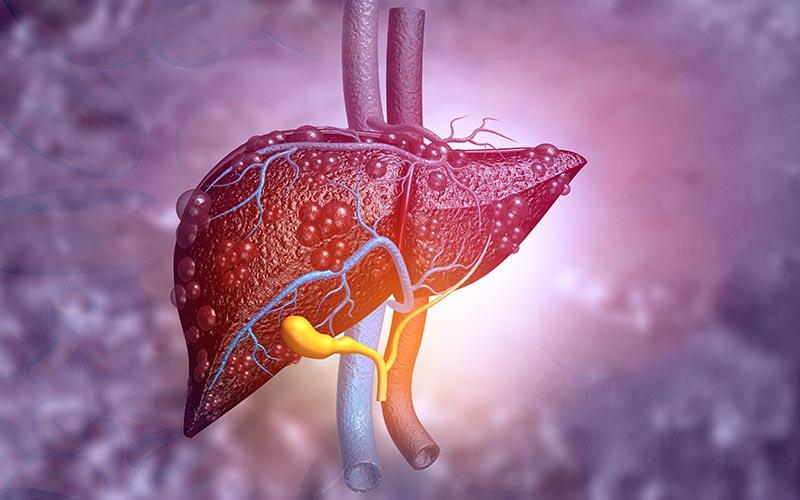
Liver injuries appear to be more common in severe cases of coronavirus disease 2019 (COVID-19), a new meta-analysis reports.
“The present study has some limitations,” researchers said. “First, interpretation of our meta-analysis findings might be limited by the small sample size. Second, there is a lack of reports that liver failure occurs in COVID-19 patients with chronic liver diseases and our meta-analysis did not include data such as chronic hepatitis B or C.”
Twenty retrospective studies were retrieved from the online databases of PubMed, Scopus, Web of Science and the Cochrane Library. All studies were from China, with sample sizes ranging from 21–651 patients. The average age of patients was 53.3 years. Liver function was assessed through serum biomarkers such as aspartate aminotransferase (AST), alanine aminotransferase (ALT), albumin and bilirubin.
In the cumulative cohort of 3,428 COVID-19 patients, 1,455 had severe disease. These patients had significantly higher levels of serum AST (weighted mean difference, 8.84 U/L; 95 percent confidence interval [CI], 5.97–11.71; p<0.001), according to a pooled analysis of 17 studies. Heterogeneity of evidence was significant (p<0.001). [Hepatol Res 2020;doi:10.1111/hepr.13510]
Similarly, serum ALT was significantly elevated in patients with severe COVID-19 (weighted mean difference, 7.35 U/L; 95 percent CI, 4.77–9.93; p<0.001; 18 studies), as was total bilirubin (weighted mean difference, 2.30 mmol/L; 95 percent CI, 1.24–3.36; p<0.001; 11 studies). Heterogeneity was significant in both cases.
On the other hand, serum albumin concentrations appeared to be reduced in cases of severe COVID-19 (weighted mean difference, –4.24 g/L; 95 percent CI, –6.20 to –2.28; p<0.01; 12 studies).
“Findings from this meta-analysis supported the hypothesis that liver injury is associated with severe outcomes in patients with COVID-19 infection,” the researchers said. “To our knowledge, this study is the first systematic review and meta-analysis to assess the association between serum levels of AST, ALT, total bilirubin and albumin with severity of COVID-19 infection.”
Real-time reverse transcriptase-polymerase chain reaction (RT-PCR) was used to confirm COVID-19 in all studies. In terms of quality, scores in the Newcastle-Ottawa Scale ranged from 4–9. Egger’s test and funnel plots likewise showed no evidence of publication bias, and sensitivity analyses did not identify a single study that skewed the overall estimates.
“Currently, studies on the mechanisms of COVID-19 related liver dysfunction are limited,” the researchers said. While there is evidence that liver and bile duct cells express the angiotensin converting enzyme 2 receptor, “it is unclear whether liver injury is due to direct liver and bile duct involvement by the virus or due to multiorgan failure in patients with COVID-19 infection.” [bioRxiv 2020;doi: 10.1101/2020.02.03.931766]
“From a clinical perspective,” the researchers added, the findings suggest that “attention should be paid to monitor the occurrence of liver dysfunction in patients with COVID-19 infection.”